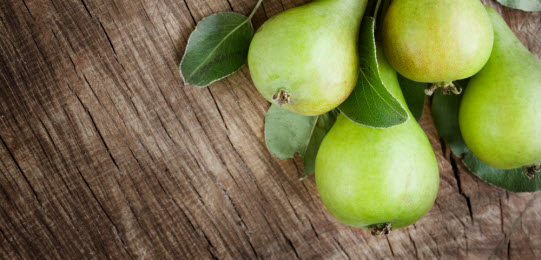
Ten Ways to Buy Organic Foods on a Budget
Recently, I have taken an interest in eating healthier, more nutritious food. I have tried to buy more organic fruits and vegetables for my family, in part because I like the idea that they are not sprayed with chemicals that may or may not wash off, and in part because I find that they taste better because their flavor is more pronounced and less washed out as traditional grocery store produce is.
Apparently, my family is not alone in the desire to eat more nutritiously; Rodale, the parent company of such magazines as Prevention, Men’s Health and Women’s Health, states that organic produce consumption was up 5% in 2009 and another 8% in 2010. Mainstream markets are taking notice, which makes it easier to buy organic on a budget. Here are the strategies that we use to eat nutritious, organic food without breaking the bank:
1. Buy a blend of expensive and less expensive produce. Organic bananas are often .99 cents a pound, and organic carrots can also be found at that low price. Stock up on low cost organic produce in addition to more expensive produce such as organic avocados at $2.50 each or organic grapes at 3.99 a pound. By buying a blend of produce at different price ranges, you will not only be eating more nutritiously by “eating the rainbow,” but you will also bring your produce down to a reasonable $2 to $2.50 per pound average.
2. Alternate organic and conventional food purchases. I would really like to only feed my family organic eggs, but that is not always in our budget. Instead, one week I buy conventional eggs, and the next week I buy organic eggs. When our income increases, I will move to only buying organic eggs, but for now, at least 50% of our egg consumption is organic.
3. Check conventional grocery stores for cheap organics. More and more mainstream grocery stores are jumping on the organic bandwagon and selling quality organics right next to the conventional produce. Sometimes I have found an organic vegetable, carrots for instance, were cheaper one week than the conventional carrots. Comb the ads before you shop to see what organic produce is for sale at your local grocer.
4. Buy when the price is low and freeze. I recently found organic broccoli on sale for .99 a pound. I stocked up and went home and blanched it and packed it in the freezer. Now, I have organic frozen produce at a low price, and I can eat from my stash until I find it on sale again.
5. Visit your local farmer’s market. Many farmers’ markets offer fresh from the field organic produce at amazing prices. Take advantage of this during the summer months or year round if you live in a warmer climate.
6. Buy organic produce for the dirty dozen. If you can’t afford to buy all organic produce, focus on the dirty dozen, those 12 foods that retain the most pesticides. These include apples, celery, strawberries, peaches, spinach, nectarines, grapes (and raisins), sweet bell peppers, potatoes, blueberries, lettuce and kale.
7. Clip coupons for toiletries to save money to buy organic. If you are not a coupon clipper or don’t eat many foods that have coupons available, consider clipping coupons for other non-food items such as soaps, pet food, paper towel, toilet paper, etc. Coupon clipping doesn’t have to be overwhelming. As you save more money using coupons for toiletries, funnel that money to organic food purchases.
8. Grow your own garden. This is truly the cheapest way to eat organic produce. Perhaps you will invest $50 to $100 setting up your home garden, but you will save much more than that on the produce you grow just in one year’s time.
9. Buy your meat directly from the farmer. My cousin’s husband is a cattle farmer, and each year we buy a 1/2 side of beef from him. We get a variety of cuts, and it averages out to about $4.37 per pound, including everything from ground beef, to stew meat, to sirloin steak. Plus, I know where my food is coming from.
10. Make it yourself. Rather than pay for organic yogurt, but organic milk and make your own yogurt. I have started to make all of our bread at home because I cannot eat dairy or soy, and every conventional commercial bread I found had at least one of those ingredients. Organic bread with less additives can easily run $5 to $6 a loaf. Instead, I buy organic eggs and whole wheat and make it myself at a much lower cost.
Buying organic does cost more than buying conventional, but we have found it worthwhile to spend the money. However, I know that at this time in our lives we can’t buy all organic, but using these strategies, we are able to buy a good portion of organic food without overspending on groceries.
Melissa blogs at Moms Plans where she writes about healthy eating, cooking, and learning to live a fulfilling life for less. When not writing or blogging, she can be found chasing after one of her three kids or supervising with endless homework.